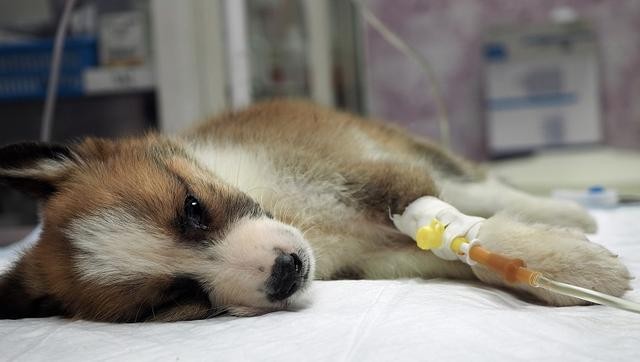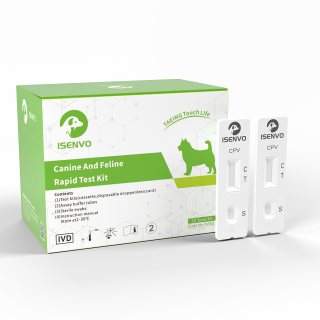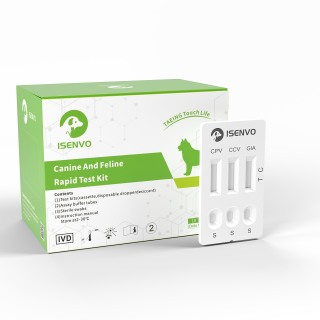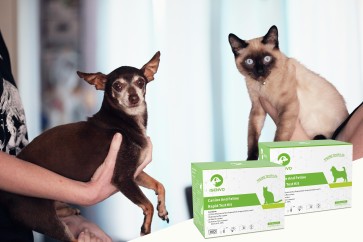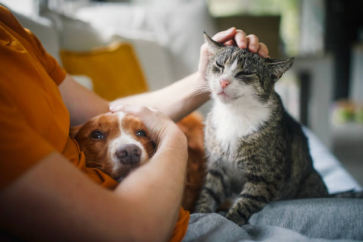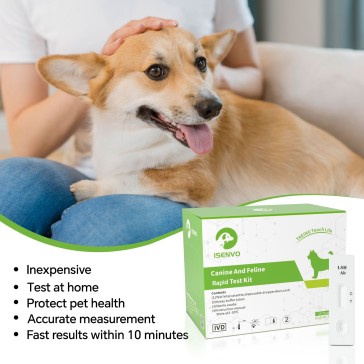Canine Parvovirus (CPV) is a highly contagious and life-threatening viral disease that primarily affects puppies and unvaccinated dogs. It attacks the intestinal tract and immune system, causing severe vomiting, diarrhea, and dehydration. Without prompt treatment, CPV can be fatal.
This article covers transmission, symptoms, diagnosis, treatment, and prevention to help dog owners protect their pets.
1. What is Canine Parvovirus (CPV)?
CPV belongs to the Parvoviridae family and was first identified in the 1970s. It is extremely resilient, surviving in the environment (soil, clothing, bowls) for months to years.
Virus Strains
-
CPV-2 (original strain)
-
CPV-2a, CPV-2b, CPV-2c (mutated strains, most common today)
-
CPV-2c is particularly aggressive and may cause more severe symptoms.
-
2. How is CPV Spread?
CPV spreads through direct or indirect contact, including:
✅ Fecal-oral route (primary transmission)
✅ Contaminated environments (kennels, toys, food bowls)
✅ Human carriers (virus on hands, shoes, or clothing)
✅ Mother to puppies (unvaccinated mothers can pass it to their litter)
⚠️ High-risk groups:
-
Puppies (6 weeks to 6 months old) – weak immune systems
-
Unvaccinated adult dogs
-
Immunocompromised dogs
3. Symptoms of CPV
After a 3–7 day incubation period, symptoms appear:
A. Intestinal Form (Most Common)
-
Severe vomiting (yellow or bloody)
-
Profuse, bloody diarrhea (foul-smelling)
-
Loss of appetite (refusing food/water)
-
Fever or hypothermia (low body temperature in severe cases)
-
Dehydration (dry gums, sunken eyes)
-
Lethargy & weakness (may lead to shock)
B. Cardiac Form (Rare but Deadly)
Affects puppies under 8 weeks old, attacking the heart muscles and causing sudden death.
4. How is CPV Diagnosed?
If your dog shows symptoms, seek veterinary care immediately! Tests include:
-
CPV rapid test kit (results in 10–15 minutes)
-
PCR testing (more accurate, detects early infection)
-
Blood tests (check for low white blood cell count)
5. Treatment for CPV
There is no direct antiviral cure—treatment focuses on supportive care:
A. Hospitalization (Critical!)
-
IV fluids (combat dehydration & electrolyte loss)
-
Anti-vomiting meds (e.g., maropitant)
-
Antibiotics (prevent secondary infections)
-
Nutritional support (plasma transfusions, glucose)
B. Home Care (Supportive Only)
-
Strict isolation (prevent spreading to other dogs)
-
Small, frequent water intake (prevent dehydration)
-
Bland diet (e.g., vet-prescribed gastrointestinal food)
⚠️ Important Notes:
❌ Do NOT use human medications (e.g., anti-diarrheal drugs can worsen symptoms).
❌ Avoid unproven home remedies (e.g., fasting, garlic, herbal treatments).
6. How to Prevent CPV?
A. Vaccination (Most Effective!)
-
Core vaccine (DHPP) includes CPV protection.
-
Puppy schedule: First dose at 6–8 weeks, boosters every 3–4 weeks until 16 weeks old.
-
Adult dogs: Booster every 1–3 years (as advised by your vet).
B. Environmental Disinfection
-
Use bleach solution (1:30 dilution) on floors, bowls, and toys.
-
Avoid high-risk areas (dog parks, pet stores) if your dog is unvaccinated.
C. Strengthen Immunity
-
Mother’s milk (provides early antibodies).
-
Balanced diet (supports immune health).
7. Recovery & Prognosis
-
Survival rate: 70–90% with early treatment; drops below 50% if delayed.
-
Recovery period: 1–2 weeks, requires easily digestible food.
-
Can a dog get CPV again? Recovered dogs usually have lifelong immunity but may still shed the virus.
8. Common Myths Debunked
❓ "My dog never goes outside—can they still get CPV?"
→ Yes! The virus can be brought in on shoes or clothing.
❓ "Can home remedies cure CPV?"
→ No! Delaying vet care increases the risk of death.
❓ "Is the vaccine 100% effective?"
→ Mostly, but not absolute. A few dogs may still get infected (rare).
Final Thoughts
CPV is a deadly but preventable disease. Vaccination, hygiene, and quick veterinary care are key to protecting your dog.
If your dog shows vomiting, bloody diarrhea, or lethargy—ACT FAST!

